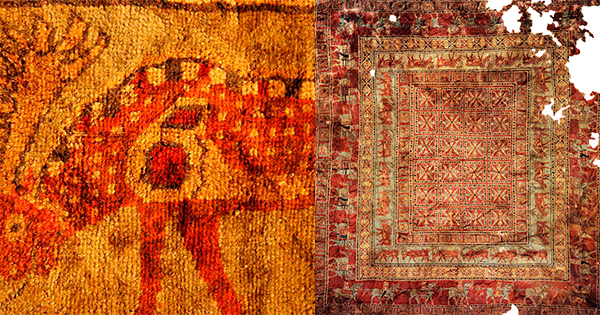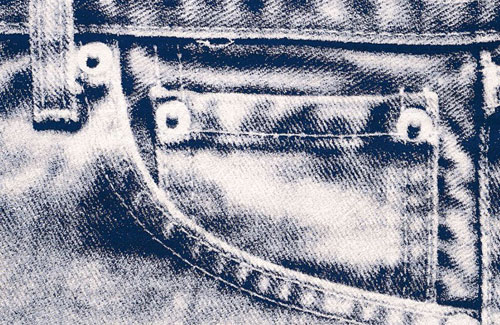Text and Photos:
Lecturer Dr. Coskun Yanar
Esra Kocaman Divanoğlu
Ondokuz Mayıs University
Although weaving first emerged to meet the needs of societies throughout history, it is a precious handicraft that has carried the cultural values of humanity from the past to the present. Weaving has developed in accordance with the natural conditions, possibilities, and circumstances of the region, gaining momentum over time through the unique characteristics and products created by different societies. Turkish weaving art has also continuously progressed, establishing a significant and unique position in the field of weaving.
Weaving is seen in almost every region of Anatolia; however, while some regions have been researched and introduced to the world, unfortunately, others have not yet become subjects of study. Although the Black Sea Region is known to have a rich culture in handicrafts and weaving, it can be said that there is not enough research conducted on weaving in this region.
Important weaving centers: Vezirköprü, Alaçam and Ladik
The Vezirköprü, Alaçam, and Ladik regions of Samsun, located in the Central Black Sea Region, are significant weaving centers. The weaving culture, with a historical background dating back to ancient times, has created a rich weaving heritage in the region as tribes settled and produced unique carpets, rugs, cloth, and band weavings. However, due to the lack of in-depth studies and research on these weavings, they have not been adequately introduced within the Turkish weaving art. In order to fill this area, there are important studies and works of Ondokuz Mayıs University Lecturer Dr. Coşkun YANAR on the handicrafts and weaving culture of the region, and he continues to attract attention both institutionally and individually.
In the Vezirköprü region, various types of weaving are produced, including pillow covers, saddle bags, money pouches, single and double-winged palas carpets; embroidered and multicolored kilims, embroidered prayer rugs, mattress and tent cloth weavings, saddle bags, pouches, sack weavings, and plain weavings like aprons; as well as band weavings like apron ties and sack handles, and fabrics such as cloth, headscarves, towels, swaddling cloths, garments, and curtain fabrics.
In the Alaçam region, carpets and kilims woven from yarn obtained from local wool demonstrate the richness of the Black Sea Region’s raw materials and weaving culture. Today, local weavers produce items such as saddle bags, prayer rugs, and pouches on traditional looms, and they are able to earn income by selling these products both domestically and internationally, thereby revitalizing the region’s weaving culture.
The first settlements in Ladik, Samsun, date back to 2000-3000 BC. Research on the Hittites indicates that the area around Samsun and the Ladik district was under Hittite influence. Historical sources suggest that the weaving culture in this region is very ancient. Today, some weavers in the area still produce traditional dastar weavings, which can be combined and used as floor coverings. Although the production of the Ladik fanila, named after the region and now nearly forgotten, continues, there are very few weavers left who can sustain this culture.
To elevate the Turkish weaving culture in the Central Black Sea Region to its deserved position, Ondokuz Mayıs University established the Ladik Vocational School and introduced programs in Carpet and Kilim Weaving and Hemp Weaving within the Department of Handicrafts. This is a significant step. Students enrolled in these programs are expected to apply traditional weaving techniques and use local hemp and wool yarns to create unique designs on weaving looms. The Department of Handicrafts at Ladik Vocational School aims to train expert individuals in weaving culture through its educational programs, making it one of the pioneering universities in the field.















